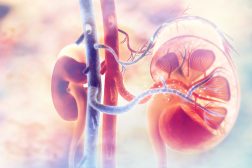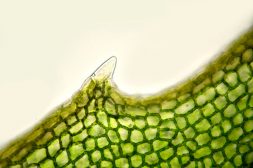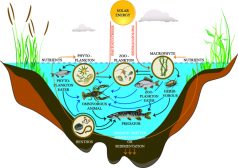Definition
noun, plural: palps
(1) (arthropodology) Pedipalp; Either of the second pair of appendages located laterally to the chelicerae and anteriorly to the first pair of walking legs of the chelicerates (e.g. arachnids, horseshoe crabs, etc.)
(2) The fleshy part of the fingertip
verb
To have a distinct touch or feeling of; to feel
Supplement
In arthropodology (i.e. the science of arthropods), the palp may pertain to the pedipalp of the chelicerates. The Chelicerates include the horseshoe crabs, sea spiders, scorpions, and spiders. One of the distinctive features of this group is their paired jointed appendages, particularly the chelicerae and the pedipalps. The pedipalps or palps are paired appendages that are located near the mouth of the chelicerates. They are found specifically on segment three, behind the mouth and in front of the first walking legs. The palps may be modified and carry out specialized functions including food manipulation and sensing, locomotion, defense, and reproduction. The palps of the spiders, for instance, have specialized structures such as gnathobases, which are specialized coxae that function as mouthparts. The palps of the spiders also have distinctive pretarsi since the latter lack lateral claws. The tarsi of male spider pedipalp are also specialized. The male spider uses them to transfer sperm to the seminal receptacle of a female spider during mating.
The term palp may also pertain to the fleshy part of the fingertip. Thus, the term is also used as a verb, particularly, to feel or explore by touch.
Word origin: Latin palpus (a feeler), Latin palpare (“to stroke, touch softly, feel”)
Synonym(s):
- pedipalp







